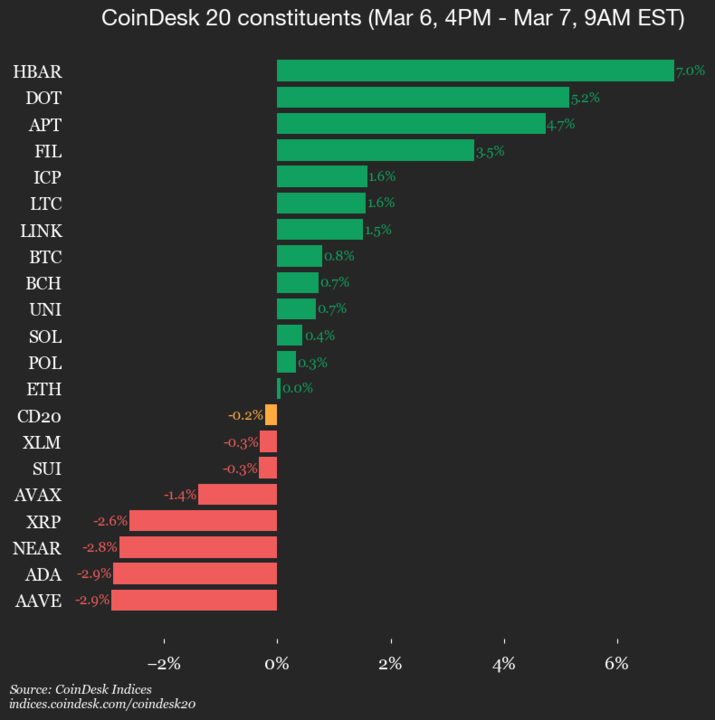February Job Data Overview
The U.S. job market exhibited robust performance in February, with nonfarm payrolls increasing by 151,000, according to the Bureau of Labor Statistics. This growth closely aligns with economist predictions of a 160,000 increase. However, the job growth from January was revised downward from an initial estimate of 143,000 to 125,000, indicating some fluctuations in recent employment trends.
Unemployment Rate Insights
Despite the positive job growth, the unemployment rate saw a slight increase to 4.1%, surpassing forecasts that anticipated a stable rate of 4.0%. January’s unemployment rate was also recorded at 4.0%, suggesting a trend that may require further analysis as the labor market evolves.
Market Reactions to Employment Report
Following the release of the employment data, various financial markets exhibited notable movements. Bitcoin (BTC) experienced a surge, briefly surpassing the $90,000 mark before stabilizing around that level. Additionally, the S&P 500 index showed a modest uptick in pre-market trading, while the yield on the 10-year U.S. Treasury bond fell by 3 basis points to 4.24%. The U.S. Dollar Index (DXY) dipped to its lowest point since early November but eventually began to recover.
Cryptocurrency Market Dynamics
The cryptocurrency market reacted positively, with analysts suggesting that the movements were influenced by expectations surrounding the White House Crypto Summit. Paul Howard, a senior director at crypto trading firm Wincent, noted that while there is anticipation for potential announcements, the event itself may not deliver significant new information, leading Bitcoin to hover between $85,000 and $95,000 over the weekend.
Economic Outlook and Federal Reserve Predictions
Recent macroeconomic developments have prompted market participants to reassess their expectations regarding Federal Reserve interest rate cuts. Previously, the likelihood of additional rate reductions in 2025 was considered low, but now, there is nearly a 50% chance of a rate cut by May, with almost a 90% probability of one or more cuts by June.
This shift in sentiment comes in light of a report from Challenger, which indicated that U.S.-based employers announced 172,000 job cuts in February—the highest figure since July 2020. These layoffs may partially be attributed to initiatives from the Department of Government Efficiency, led by Elon Musk. Furthermore, the Federal Reserve Bank of Atlanta’s GDPNow model forecasts a contraction of 2.4% for the U.S. economy in the first quarter of 2025, contrasting sharply with analyst predictions of growth exceeding 2%.
Inflation and Monetary Policy Challenges
An economic downturn could present challenges for the Federal Reserve, as it may feel pressured to ease monetary policy to stimulate growth while grappling with persistent inflation. The year-over-year headline inflation rate was recorded at 3% in January, with the core rate slightly higher at 3.3%. Balancing these factors will be crucial for the Fed as they navigate the complexities of the current economic landscape.
Conclusion
In summary, while the job growth data for February shows resilience in the employment market, the rise in unemployment and ongoing economic uncertainties prompt a careful examination of future trends and Federal Reserve policy decisions. The interplay between job growth, inflation, and market responses will continue to shape the economic discourse in the coming months.



